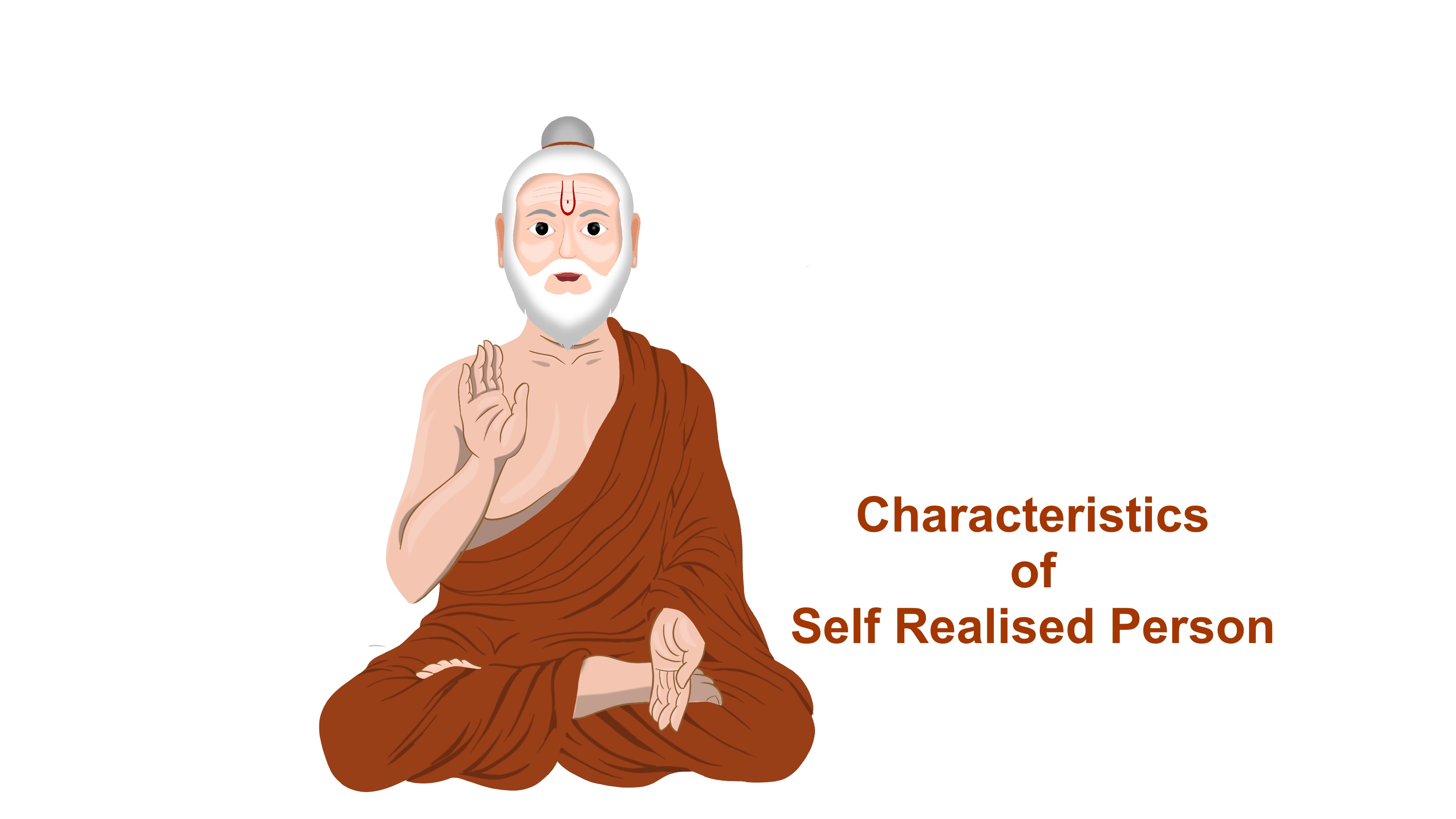
Characteristics of Self Realised
2 years ago By Yogi AnoopCharacteristics of Self Realised Person
In the spiritual perspective, the essence of knowledge is understanding the nature of reality. There are two elements in this understanding: the Purush (Observer) and the Prakriti (object). Spiritual seekers strive to understand both of these elements. Here, we discuss the characteristics of a person who has acquired this knowledge according to the sage Patanjali.
The primary characteristic of a Self Realised Person is that they are aware of the difference between the self (consciousness) and the Object or visible world (nature). This is only possible when one has understood the qualities and characteristics of both the self and nature. Although the means of knowing this are limited to direct perception, inference, and authoritative testimony.
When one acquires this knowledge, they experience seven different types of spiritual experiences.
- "Recognized knowledge: 'What was worth knowing, has been known.' I am not in the material world nor is the material world within me. This means that the illusion of the self being within the non-self has come to an end, and along with it, the illusion of the non-self being within the self has also come to an end. In this way, it has been realized that consciousness and matter have opposite directions. While matter is impermanent and subject to change, consciousness is eternal and unchanging. Besides this, there is nothing else worth knowing in this world or beyond."
Heya Shunya Prajna: "That which was worthy of abandonment has been abandoned." Now, there is nothing left to abandon. The delusion that arises from the nature of the person, which spans over many lifetimes, can only be abandoned when that which is worthy of knowing has been realized. After that, there can be no deficiency in abandonment. Here, "heya" means worthy of abandonment, i.e., there is nothing left to abandon in the realm of knowledge.
Attainment of the Attainable Knowledge: "One has attained what was attainable, understood what was understandable, and relinquished what was relinquishable. Now, having relinquished that which could be relinquished, one has attained the essence that cannot be relinquished, and it can be said that knowledge has been attained. That is to say, one has attained the state of being in which what was attainable has been attained. However, what is that thing which cannot be relinquished and is attainable? It is one's own nature. To attain that state is what is meant by the third sutra of Samadhi."
The state of liberation from action, or "karmamukti avastha", is when a person has achieved their ultimate goal and completed it. After attaining this, there is no need for any further action. In this state, there is not even a trace of action, and that is why it is called the state of liberation from action or "kriya karma vimukti avastha".
“Chitta Vimukti Prajna”: (State of Liberation of the Mind): Just as a well is only necessary as long as there is water in it, once the water dries up, the well is no longer needed. Similarly, when all the fluctuations in the mind come to a complete end, the function of the mind is terminated. There is no longer any need for the mind because the influx of mental impressions has come to an end. The mind's substratum is within itself, in its own essence.
Gunaatit Prajna: "To go beyond all qualities and that has been achieved." To go beyond the three qualities of Satva, Rajas, and Tamas. How is this possible? Having attained what was to be attained, there is no longer any need for these three qualities. As they have no basis, they dissolve.
Swaroopamatrijyotiha Prajna: By being beyond all qualities, the luminous nature is unattached and alone. It experiences itself constantly.
Recent Blog
Copyright - by Yogi Anoop Academy
